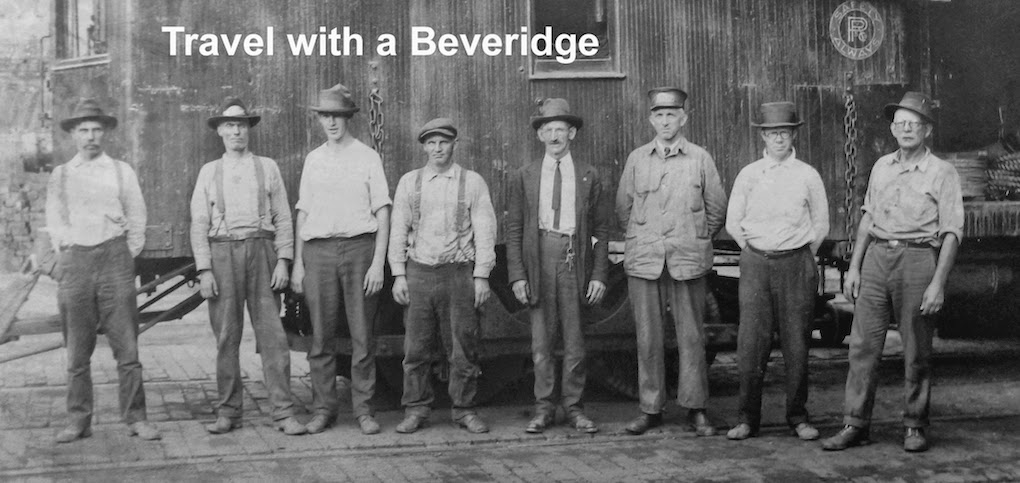By Scott Beveridge
If someone had shown me decades ago the photo, above, taken in South Vietnam of my childhood hero, John Malcom Zelenick, I would have barely recognized him.
He had gone from being a handsome and seemingly happy teenager in 1965 to becoming an emaciated soldier with a hardened, sullen expression two years later, just before he was shot and killed by enemy fire in Tay Ninh.
It's no wonder I didn't recognize him, either, in his open casket in a Monongahela funeral home before his burial. Three white roses had been placed upon his chest before his burial in California, Pa., just shy of his 20th birthday.
I had almost by then forgotten about Malcom - who was nine years older than me - while I went about growing up and the Vietnam War was often shielded from kids.
And then Malcom died and the war suddenly became real to our family.
My mom adored him. He had tagged along with us nearly everywhere we went, and many people often mistook him for her son. And for some reason he took a shine to me.
My best and clearest memory of Malcom involved a Saturday morning spent in the kitchen of his home in New Eagle. He was eating a bowl of Cheerios when an older bully walked into the room and pronounced me - at about age 5 - as being stupid because I didn't know how to tell time.
Malcom waited until that kid left. He sat me on his knee and proceeded to explain to me how to read the clock on the wall. I can still see that clock in my mind to this day. It was one of those metal 1960s clocks surrounded by pointed starbursts.
And then Malcom waited, patiently, for that obnoxious kid to return. At that point Malcom asked me the time and I promptly replied with the correct answer. The brat stormed out of the room with clenched fists. I'm sure Malcom and I wore a broad smiles across our faces.
Another fond memory of him took place at his 16th birthday after he his family relocated to Hazelwood, where his step-father had taken a job in a steel mill. By then Malcom had lost interest in little kids, and he was being chases around that day by pretty girls, all of whom wanted to be his girlfriend. I watched them run down the hill together and I dreamed about wanting to grow up to be just like him.
The next thing I knew he was dead, and my mom and her girlfriends frantically debated ways they could keep their sons from being sent a war that seemed to have no end in sight.
They discussed any variety of medical reasons, which ranged from flat feet to allergies, that might sway the draft board from sending any of us to war. It would have proved fruitless, and our socioeconomic status didn't offer connections to politicians with the pull to get any of us assigned to a branch of the service that didn't deploy men into battle in Southeast Asia.
Fortunately the war came to an end in 1975, shortly before I turned 19, and it felt at the time as is I could finally take a deep breath for the first time since Malcom died February 25, 1967, shortly after he signed up for a second tour in Vietnam.
I would learn decades later that he had been killed in Củ Chi territory. It was a famous area possessed by the Viet Cong whom had built a large network of underground tunnels to carry out their defenses. It was there where the guerrilla fighters created booby traps from confiscated U.S. weaponry and would earn much credit for the country's military success. The Củ Chi warriors became Vietnamese heros and were given a national monument at their elaborate cemetery alongside a country dirt road intersecting rice paddies.
It's no wonder the two photos of Malcom included with this post show him as a man from a generation that was forever changed by the terrors of war.




